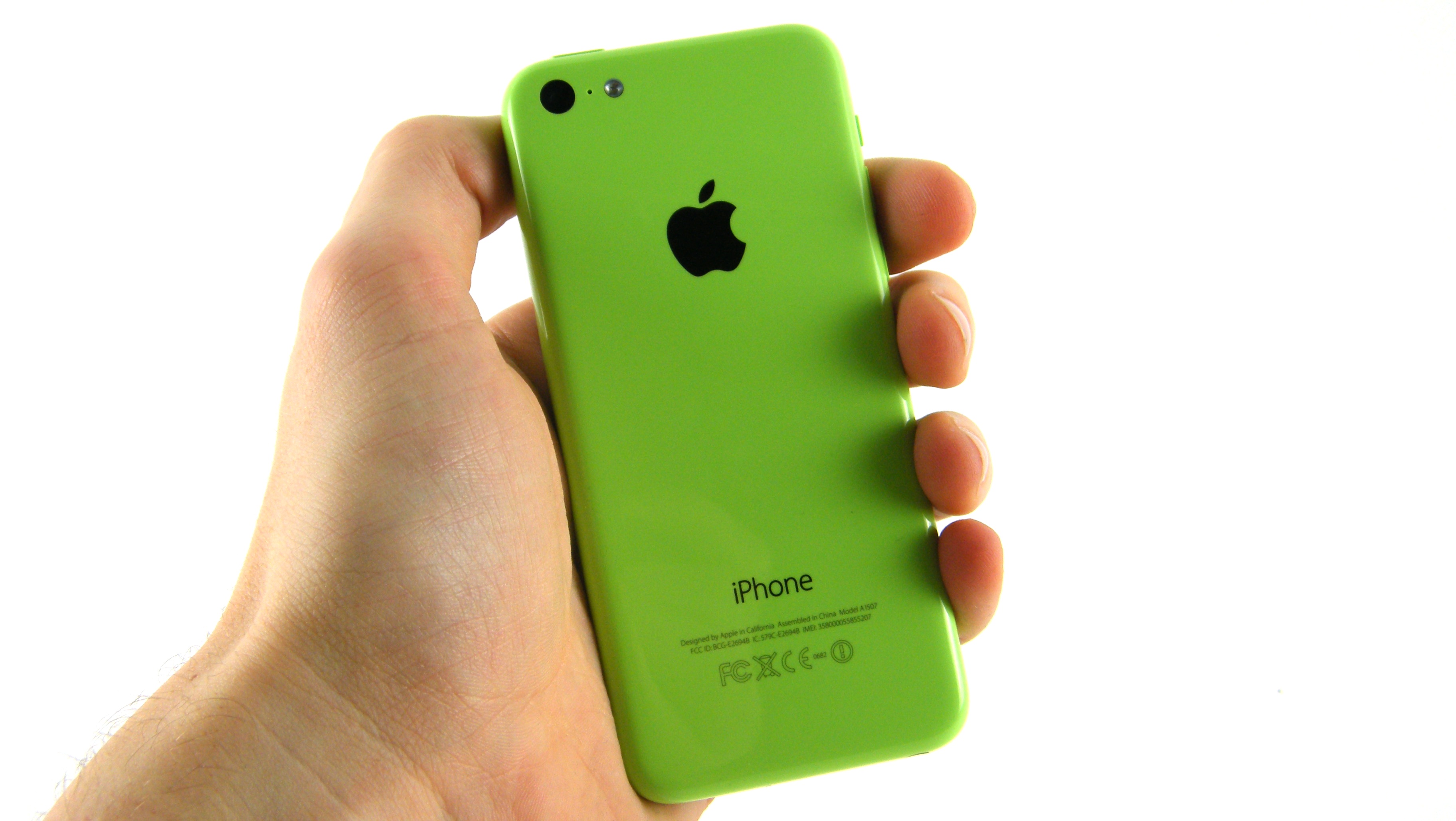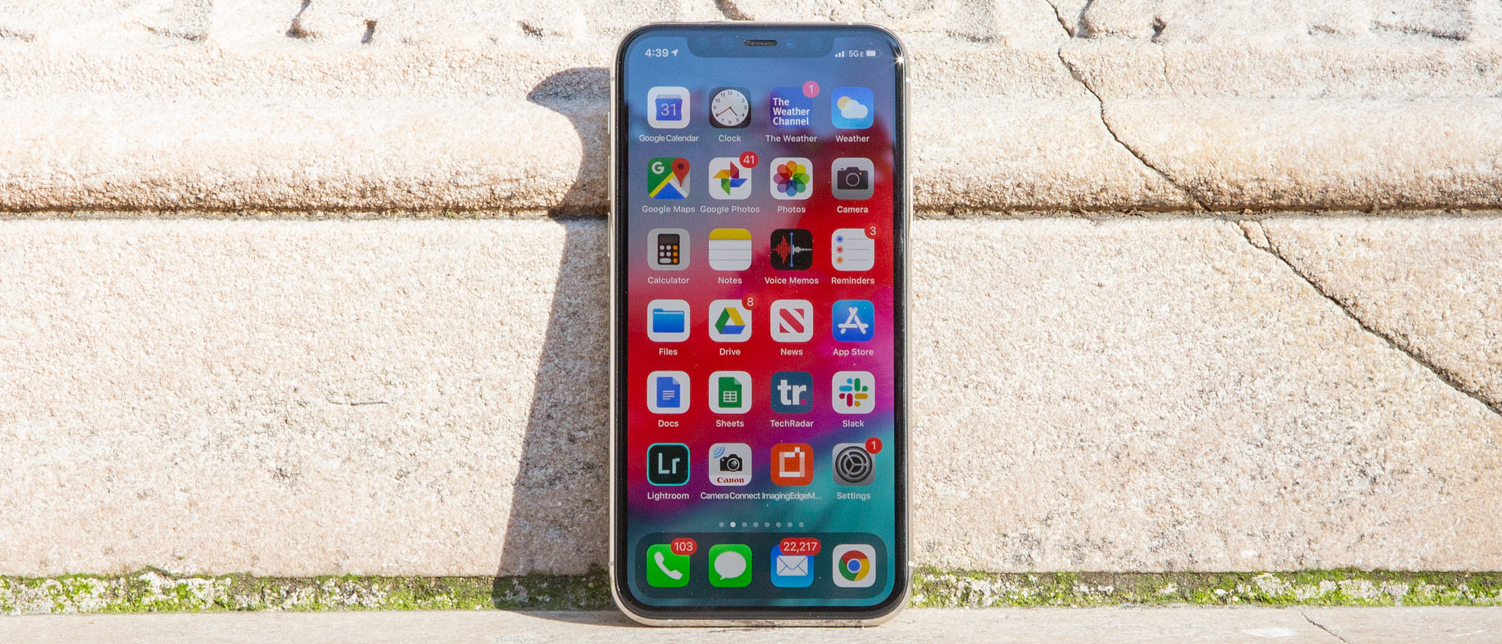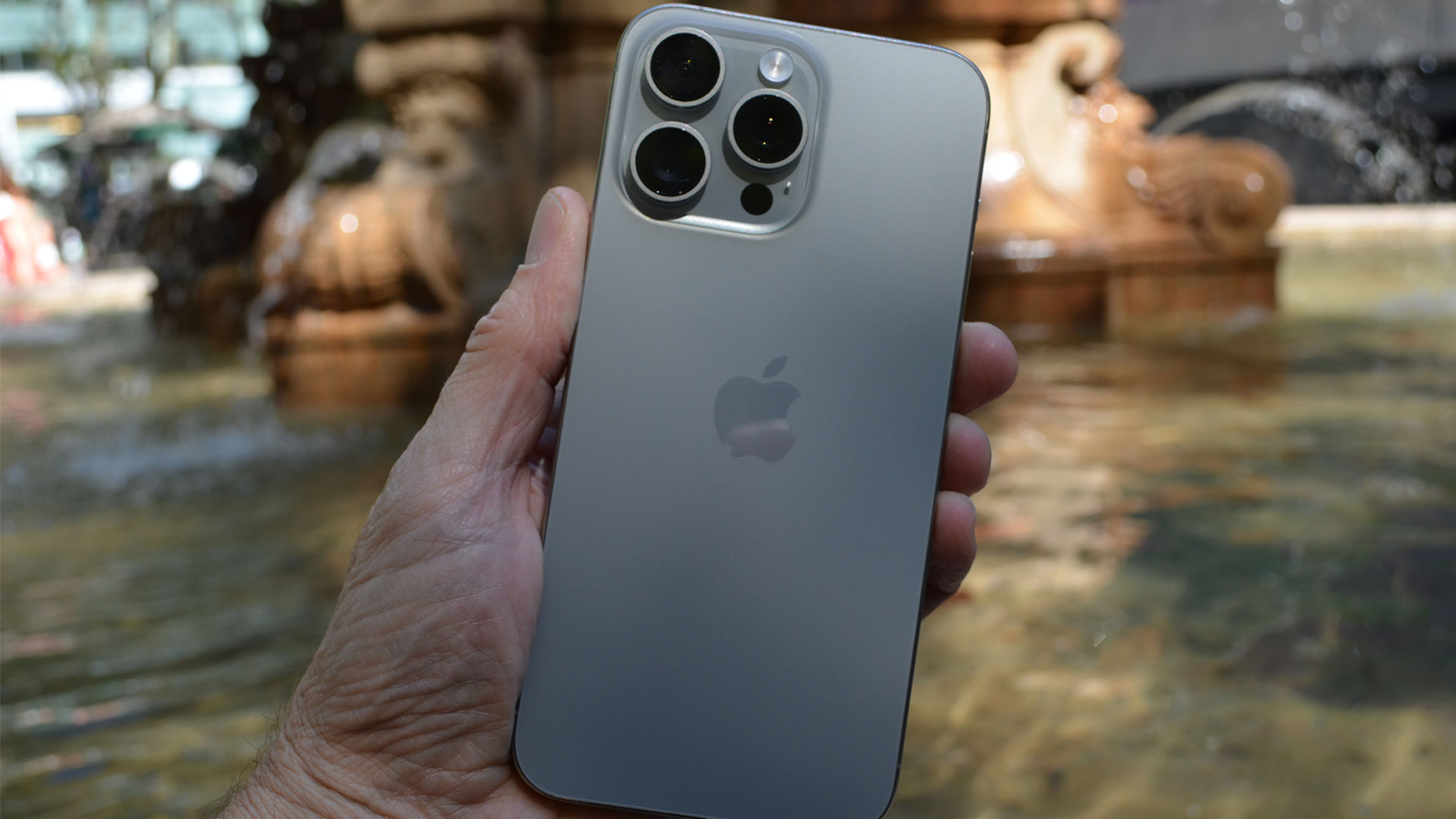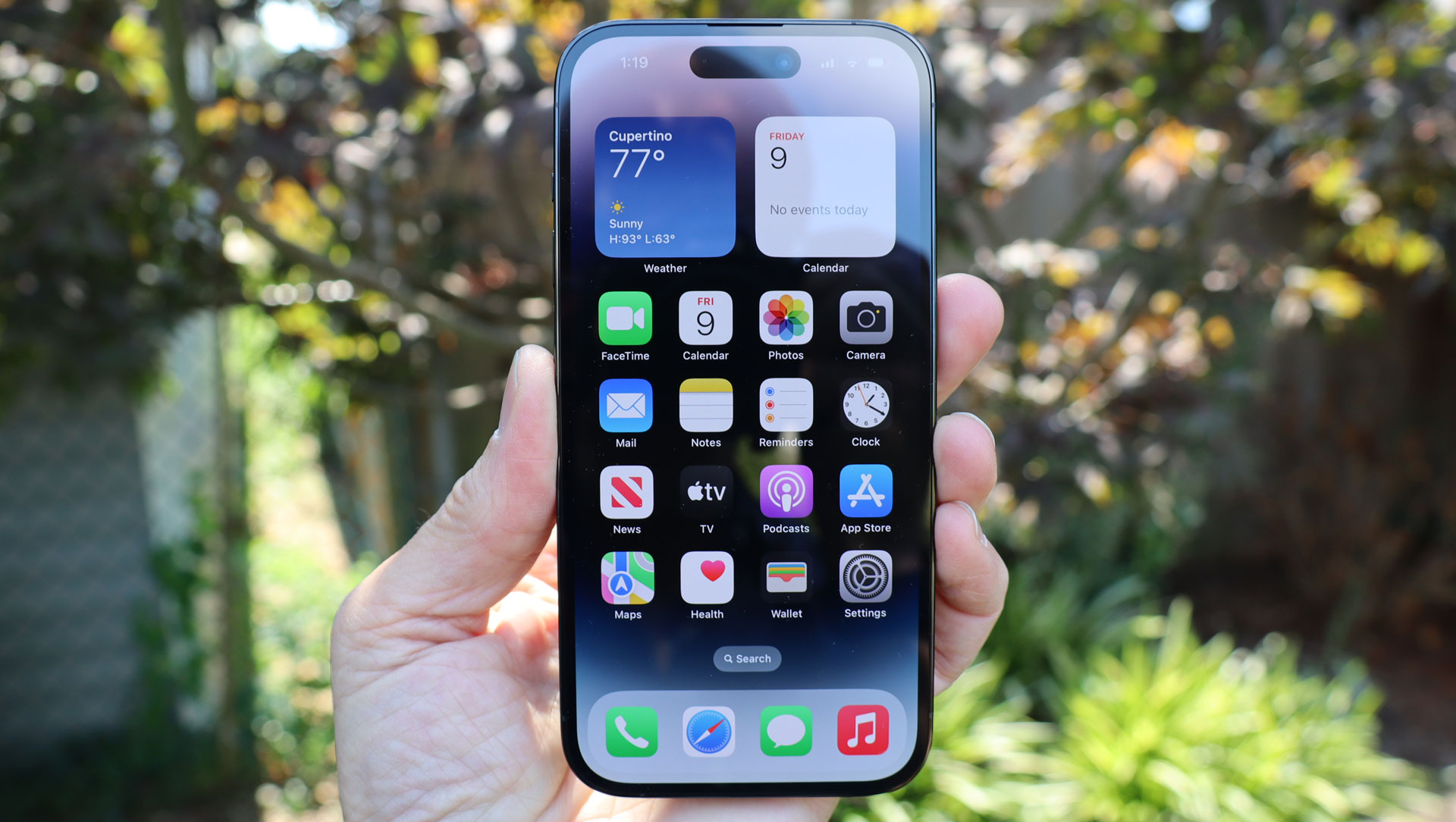The iPhone 15 is a better choice than the iPhone 15 Pro for the first time ever

For years it’s been easy for me to recommend an iPhone. Apple launches the iPhone 11? Buy the iPhone 11 Pro. Now we’re up to iPhone 14? Buy the Pro model. This year, even though the iPhone 15 Pro is super snazzy, I’ve been recommending most people buy the regular iPhone 15. Thanks to what the new iPhone got, and what the Pro model didn’t get, this is the first time in years that the more affordable iPhone is the better choice.
There hasn’t always been a Pro model. In fact, for a long time, there was only one iPhone every year. We didn’t have a second option until the iPhone 6 Plus came along to complement the iPhone 6. With the iPhone 6 Plus and every proceeding Plus model, Apple showed it clearly felt the sting of Samsung stealing attention with the larger screens available on the best Galaxy phones.
Now it’s hard to believe that it took eight iPhone generations for Apple to realize that it could sell a premium, more expensive version of its iconic device. Yes, eight. Starting with the iPhone 4s, Apple released an “s” model every other year. That’s why the iPhone 6 was the eighth iPhone model. The iPhone X? That was the twelfth iPhone model.

Before Apple realized it could give us a bigger, more expensive iPhone, there was a bargain iPhone. When the iPhone 5s launched, the revenant iPhone 5 re-emerged in a colorful, new plastic shell. Apple dubbed this the iPhone 5c.
That’s right, a year before Apple gave us the first bigger iPhone, it gave us the first bargain iPhone. There would forever after be a bigger iPhone that you could buy, but the bargain models have flagged. The first iPhone SE came out three years later, and the SE model tends to languish without an update, while the flagship gets an annual refresh.
Still, those bigger iPhones were just … bigger. They had a larger display, and of course, that meant a larger battery inside, but there were no other changes. The cameras, the processor, and all the other features were the same.
In other words, you didn’t lose anything meaningful buying the less expensive, smaller iPhone 7, for instance, versus the iPhone 7 Plus. That changed with the iPhone 11 family, which included the iPhone 11 Pro and iPhone 11 Pro Max.
Sign up for breaking news, reviews, opinion, top tech deals, and more.
How did we get into this Pro phone mess, anyway?
Less than a week before Apple launched the iPhone 11, Samsung, at the height of its smartphone power, launched the Galaxy Note 10, as well as the first foldable phone, the Galaxy Fold (the Z in Galaxy Z Fold 2 would come next year). You could buy Samsung phones in a variety of sizes, with the most robust set of features around.
Every Galaxy Note 10 and Galaxy S10 still came with the same processor (a Snapdragon 855) and the exact same set of cameras. The differences were the screen size and the S Pen. There was no more powerful Pro (Ultra) model for Samsung, not yet. It was Apple that fired the first shot in the Pro phone war.

The iPhone 11 Pro was slightly smaller than the iPhone 11. It had the same processor, Apple’s A13 Bionic. The display was much more sharp, but that wasn’t the real selling point. If you wanted a telephoto lens on your iPhone, even if only a 2X zoom, you needed to spend more and go Pro.
Since then, the divisions have become more and more clear. Last year, Apple separated the Pro models and the base model iPhone even further by endowing the iPhone 14 Pro with the fast, new A16 Bionic chipset, while the iPhone 14 stuck with the same A15 as the iPhone 13 that preceded it.
From now on, we can expect the Pro models will debut Apple’s newest mobile silicon, while the base model will (hopefully) get last year’s chip. Or, this so-called A17 “Pro” chip could be a sign that the base models will get a downgraded version next year with an A17 Bionic.
Pro always means a better camera, but is it better?
The real difference has always been the camera. If you want the best camera quality the iPhone can manage, and the most versatility, you need to buy the Pro model. There are more lenses on the Pro model. You get a higher resolution sensor. The iPhone 14 camera is no slouch, but the iPhone 14 Pro is the best camera Apple ever made.
If you want the new best camera Apple ever made, you can’t just settle for the iPhone 15 Pro. You need to invest in the iPhone 15 Pro Max. The Pro model gets a zoom lens, but the Pro Max can see farther and more clearly. Probably.
In order of zoom length – you get no zoom on the iPhone 15 and iPhone 15 Plus, up to 3X optical zoom on the iPhone 15 Pro, and a periscopic 5X optical zoom lens on the iPhone 15 Pro Max. The zoom on the Pro Max also has a special 3D optical image stabilization (OIS) system that Apple claims is a first on smartphones.

All of these phones have a 48MP sensor, but the Pro and Pro Max models have a larger sensor, so images should look marginally better. That said, all of these phones use pixel binning techniques by default, reducing the image to a manageable 24MP or even 12MP, which is much better for sharing and posting on social sites.
So what’s the problem? The problem is that there is no problem. I’ve used all of the best camera phones on the market. I’m no longer impressed by telephoto zoom on a smartphone, unless it’s truly dramatic, like the 10X zoom on the Samsung Galaxy S23 Ultra. Even on the Ultra, the pics taken at that zoom length are more like eyewitness novelty shots, not usable or printable photos.

This zoom image lets me identify the bird, but it's not a pretty picture

This image is from the main lens, so you get great lighting and sharp details
The reason is because smartphones tend to have one really big, really great sensor, and it isn’t wasted on the telephoto zoom lens. Each lens gets its own image sensor, and the main camera, which offers a rather wide field of view – useful for every occasion – uses the best sensor.
The 48MP camera on the iPhone 15 Pro measures more than three-quarters of an inch. The sensor on the telephoto lens, by comparison, is tiny. It measures just over a quarter-inch diagonally. If you compute the sensor area (Wolfram Alpha is very helpful for this), you’ll find the 48MP main sensor is more than six times larger than the 12MP telephoto sensor.
This isn’t just an iPhone problem. Samsung uses a sensor with its 10X zoom that is almost the exact same size as the Apple iPhone 15 Pro Max 5X zoom. The 10MP images it takes are a blurry mess. The subject is visible, and you can make out some details, but these aren’t photos worth showing off, especially when you compare them to the amazing photos that smartphones can take with a stellar main camera.
The iPhone 15 is very much like last year's Pro model
What I’m saying is that the best selling point for the iPhone 15 Pro Max isn’t actually that impressive. The telephoto zoom lens is a real step up from past iPhone models, but it’s not the revolutionary advantage that it seems. And the other advantages that the Pro Max model offers over the iPhone 15 are even more superfluous.
You get the newest A17 Pro processor. I haven’t tried it yet, but I can tell you that the A16 Bionic processor used on the iPhone 14 Pro and now the iPhone 15 is the fastest mobile chip I’ve ever benchmarked, by a wide margin. The fastest Android phones can almost come close, and the differences are only visible in benchmark tests. Still, Apple held a strong lead already, and now that leading chip is going into its base model iPhone.

In fact, most of the best parts of the iPhone 14 Pro are now in the iPhone 15. The ultrabright display, which can reach 2,000 nits in bright sunlight, is now on the base model. The Dynamic Island, a distinguishing Pro feature, is now everywhere. The iPhone 15 could rightly be called the iPhone 14 Pro Lite, but let’s not go too far.
Ultimately, the difference between the iPhone 15 and iPhone 15 Pro or Pro Max models is a few hundred bucks, which is no chump change, but if you are spreading payments over three years with a contract agreement, it might not seem like a huge difference.
I’m telling most folks not to splurge this year. Not because the Pro model isn’t worth buying, I bought a Pro Max myself. It’s because the iPhone 15 has gotten so much better, and is so much more like the Pro, that you’ll be just as happy with what you get. Save your cash and buy some AirPods instead.
You might also like

Starting more than 20 years ago at eTown.com. Philip Berne has written for Engadget, The Verge, PC Mag, Digital Trends, Slashgear, TechRadar, AndroidCentral, and was Editor-in-Chief of the sadly-defunct infoSync. Phil holds an entirely useful M.A. in Cultural Theory from Carnegie Mellon University. He sang in numerous college a cappella groups.
Phil did a stint at Samsung Mobile, leading reviews for the PR team and writing crisis communications until he left in 2017. He worked at an Apple Store near Boston, MA, at the height of iPod popularity. Phil is certified in Google AI Essentials. His passion is the democratizing power of mobile technology. Before AI came along he was totally sure the next big thing would be something we wear on our faces.